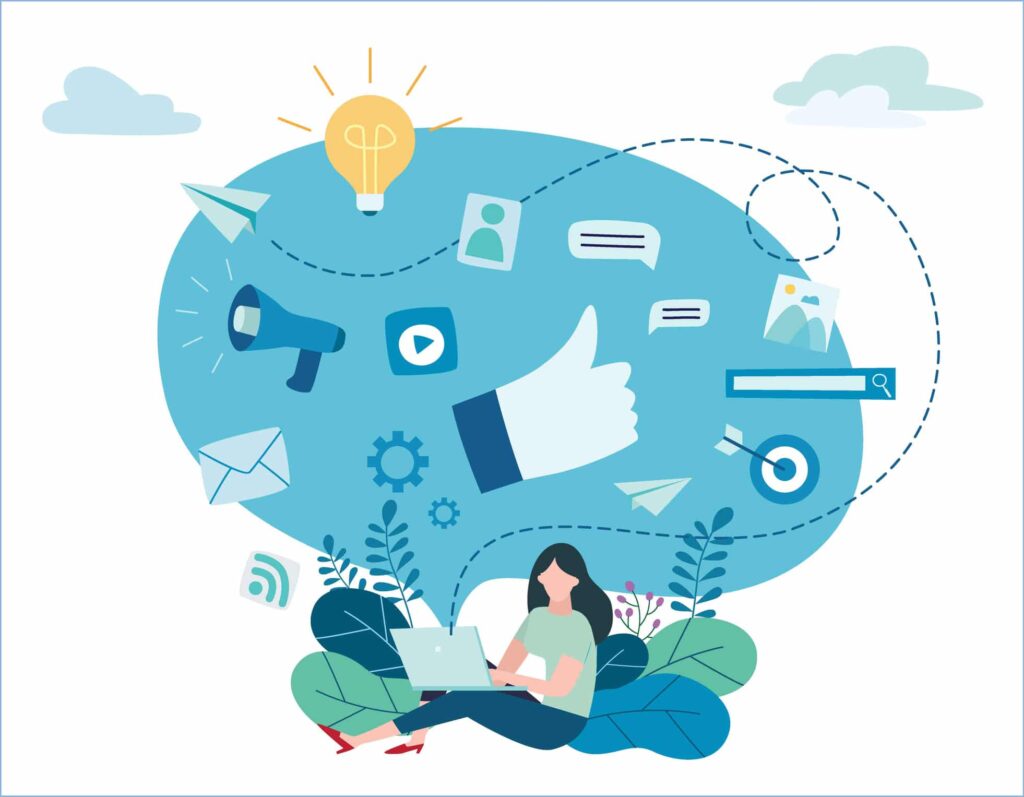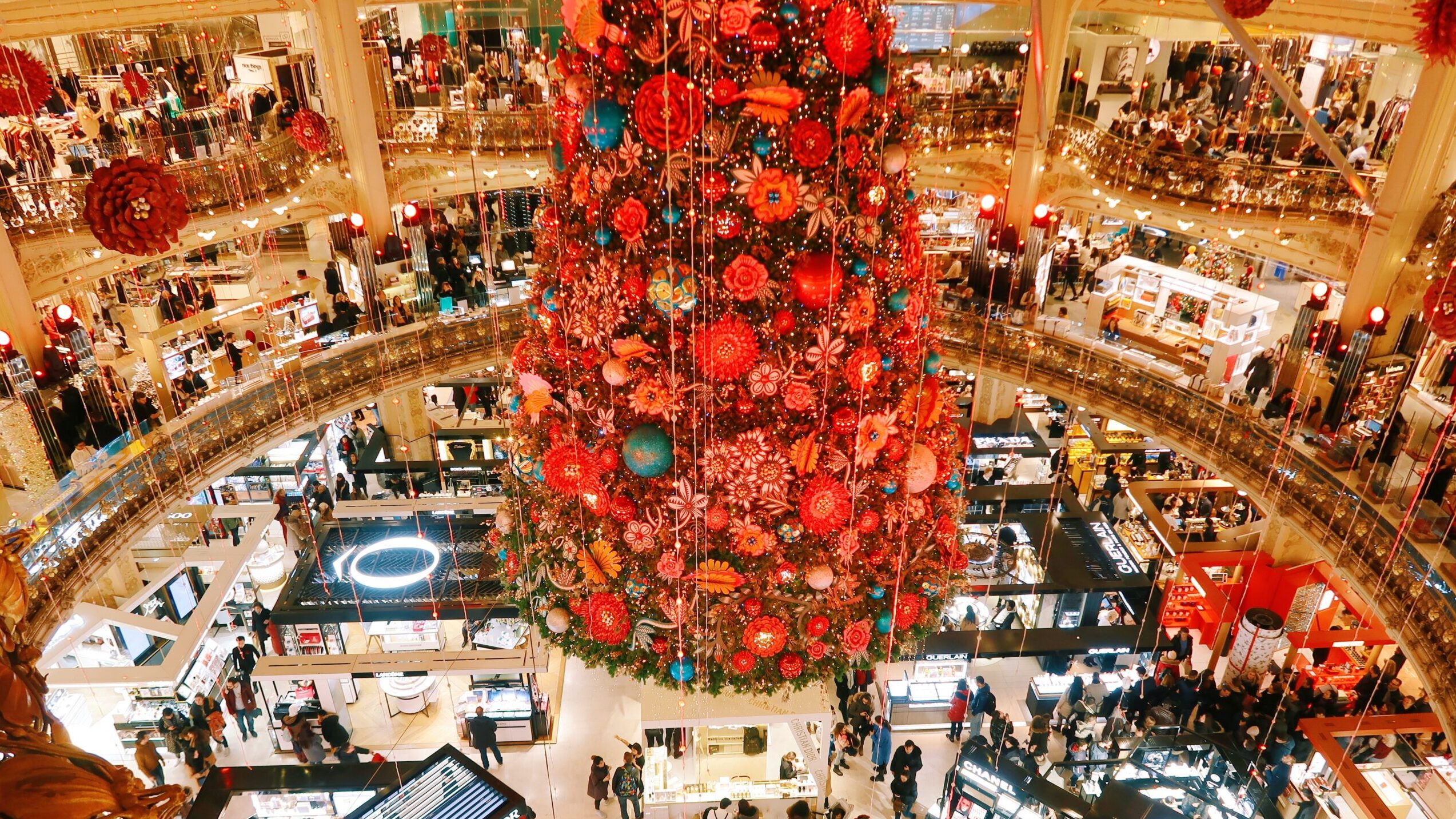The gig economy is alive and well. In fact, this modern online phenomenon has only…
The Impact of Emotion on Brand Strategy
Consumer behavior and the driving forces behind it can be difficult to nail down. Audiences might understand the rational content of an ad campaign, but that doesn’t always translate to measurable action and sales. So, if content alone doesn’t determine results, what does?
Forbes reports ad campaigns based around emotional content outperforms purely informational campaigns by about twice as well. As for consumers, studies suggest much of the decision-making process happens subconsciously, meaning the way content makes us feel often matters more than what we consciously think of it. An emotion-centric ad campaign isn’t just more likely to drive sales, either. These campaigns boast higher share rates on social media and lead to higher instances of brand awareness and brand recall—a desirable feat in today’s cluttered media spaces.

More than ever, it’s important for brands to understand what motivates their audience, what consumers care about, and what they need. A holistic creative strategy rooted in emotional connection can inspire customer loyalty and when coupled with philanthropic company endeavors, meaningful real-world outcomes.
Creative Production in the Digital Age
Content burn-out, ad blockers, and ever-changing formats have rendered today’s landscape nearly unrecognizable when compared to the “Golden Age of Advertising.” Back then audiences watched mostly screen-based ads during prime-time television and were exposed to an average of 1,600 messages per day. Compare that to today’s number—between 5,000–12,000 messages per day—and it’s clear why campaigns need to connect with audiences in a meaningful way.
This is where storytelling is a powerful tool. Stories help forge connections and trigger emotional responses. The rise of user-generated content is just one example of how brands are responding to an ever-changing digital environment. By encouraging consumers to share their own stories and experiences with a product through social media, brands build trust and forge emotional connections based on fellow user experiences.

The push to create viral content is another facet of digital advertising that can be difficult to navigate. Fast Company reports positive content that makes us happy is more likely to be shared online. This reinforces the idea that emotion is a powerful driver of action.
From Dishes to Ducks
While some brands and their products organically align with emotional topics, others need to work harder to find their emotional niche. Dove, for instance, seems poised over a well of emotional content to tap into. Our bodies are personal and intimate, and as evidenced by the Dove Campaign for Real Beauty, they are inextricably linked to emotional topics like self-confidence and self-care. The connection between product and meaning is evident, but even toilet paper companies have long used babies, puppies, and teddy bears to up the sentimentality factor in their creative production.
In the same vein, Dawn could provide consumers with rational information on why its dish detergent works well in the kitchen. Instead, most of us associate the brand with fluffy ducklings being cleaned after an oil spill. By running their ‘Wildlife’ ad campaigns in tandem with day-to-day value-based ads, the company makes good on the headline of their Saving Wildlife page, which reads: “From dishes to ducks—we clean because we care.” Dawn connected their product to a higher purpose in a way that feels authentic and integral to its ongoing philanthropic endeavors.
Finding Meaning in the Mundane
But what about companies in less emotionally inclined industries—those that sell power tools or office supplies, for instance? It’s much easier to connect with self-care topics and cute birds than with a stapler, after all. As the Harvard Business Review (HBR) reports, “All businesses create and provide products and services that provide real benefits, otherwise, people wouldn’t buy them. And importantly, different consumers may draw different benefits and meaning from your products.”
As an example, HBR cites Generac, a supplier of back-up generators, who took the question of meaning straight to their consumer base. By asking customers to draw pictures of their products and the value they provide, the company realized deep emotional connections were there all along. Illustrations of generators protecting families in times of need emerged and Generac pivoted their brand strategy from strictly informational to real-world stories from consumers, doubling their business in the process.
Humans are social, emotional beings by nature. We crave meaning, connection, and joy and once we find it, we want to share it with others. As a result, the impact of emotion on advertising cannot be overstated. For brands to stand out in today’s marketplace, they need to invest in creative production that connects with content their audiences care about.




